Saijo Oriental Persimmon
User
10 years ago
Related Stories

FRUIT TREESHow to Grow Your Own Persimmons
Sturdy and easy to care for, these trees offer bright fruit through winter — and keeping them in bounds is no sweat
Full Story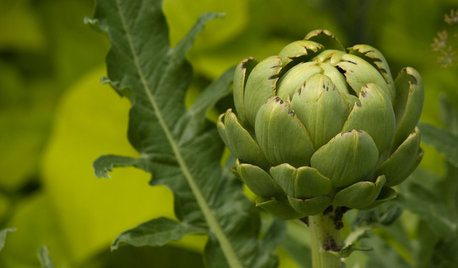
GARDENING GUIDESYour Garden Is Stirring — Here’s What to Do in February
February is a good time to start seeds, shape up shrubs and watch for the earliest blooms. Here’s what to do in your part of the U.S. now
Full Story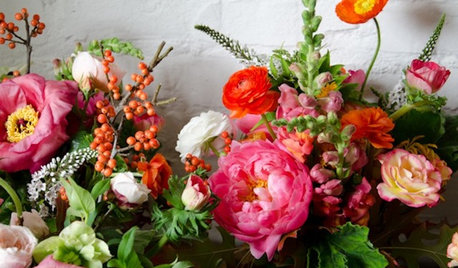
DECORATING GUIDESHow to Make Beautifully Untamed Floral Arrangements
See how you can create your own floral feast for the holidays or any day
Full Story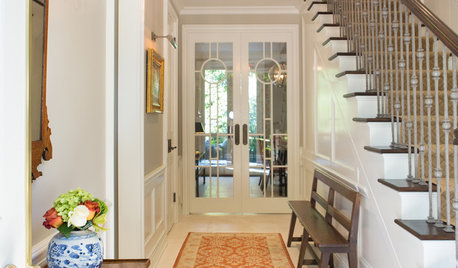
DECORATING GUIDESHouzz Tour: Traditional Meets Transitional in a Townhouse
A Southern California couple downsizes, and their designer helps them push past traditional boundaries
Full Story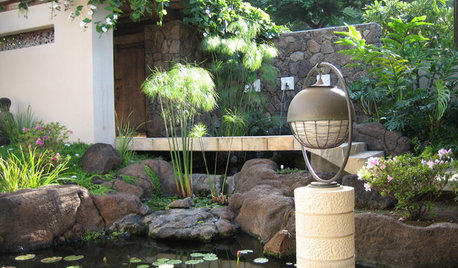
LANDSCAPE DESIGNRecipe for Asian Edible Garden Style
A surprising number of food plants are hiding out in Asian-themed landscapes. Add a few more and extend the Zen flavor to the kitchen
Full Story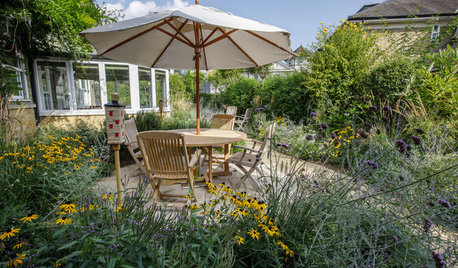
LANDSCAPE DESIGN4 Tips for Creating a Small Garden That Welcomes Wildlife
Win over birds, bees, butterflies and neighbors with these design strategies
Full Story
DECORATING GUIDESWhat Goes With Leather Furniture?
If that hide-covered sofa is making you seek decorating solutions, we’ve got just the pairings for you
Full Story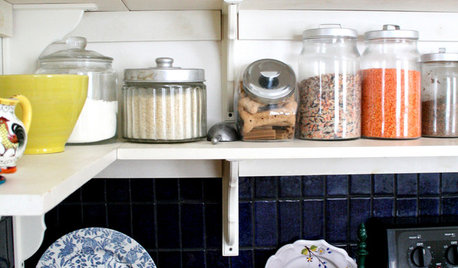
KITCHEN DESIGNDisplaying Kitchen Supplies — Hot or Not?
Do some kitchens just beg for a cozy row of canisters and gear for all to see? Have a look and let us know what you think
Full Story
KITCHEN STORAGEShow Us Your Hardworking Pantry
Do you have a clever and convenient kitchen storage setup? Throw some light on the larder and share your pictures and strategies
Full Story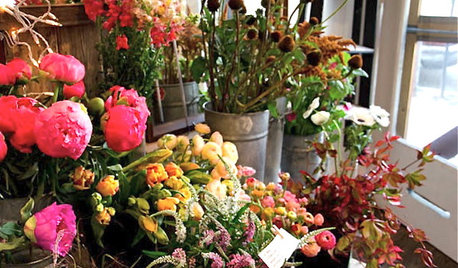
GARDENING GUIDESIngredients of a Beautifully Wild Bouquet
Layer these branches, flowers and leaves for a stunning DIY flower arrangement
Full Story







Tony
bennylafleur
Related Professionals
Windham Landscape Architects & Landscape Designers · Glendora Landscape Architects & Landscape Designers · Winder Landscape Architects & Landscape Designers · Arlington Landscape Contractors · Buford Landscape Contractors · College Park Landscape Contractors · Dudley Landscape Contractors · Harvey Landscape Contractors · Little Ferry Landscape Contractors · Reedley Landscape Contractors · Southbury Landscape Contractors · Markham Landscape Contractors · Chicago Ridge Landscape Contractors · East Norriton Landscape Contractors · Merrifield Landscape Contractorscreekweb
drew51 SE MI Z5b/6a